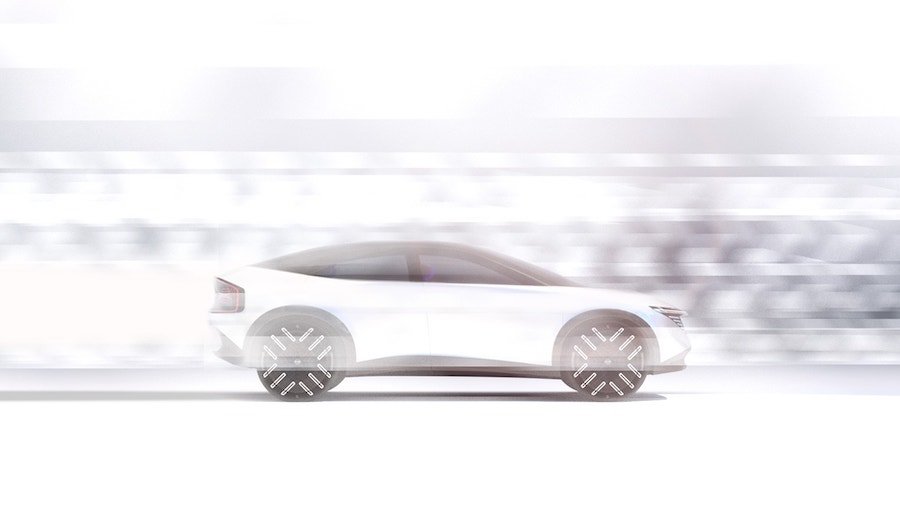Nissan Turns To Gigacasting To Slash Costs And Complexity Of Future EVs

High purchase prices are a major barrier to the wider adoption of electric vehicles. A significant portion of this cost comes from expensive batteries. However, in recent years, automakers have been employing an advanced manufacturing technique known as gigacasting. This method helps offset the high cost of batteries, simplifies production, and reduces the weight of EVs.
Nissan will follow Tesla, and several other carmakers like Toyota, Hyundai, and Ford, in adopting this technology. The brand aims to reduce the costs of EV parts by 10% and slash weight by 20%, Automotive News reported. Nissan's EVs using gigacasting are expected to enter the market around 2027, with new production techniques projected to lower overall expenses by 30%, saving some $1 billion in development costs for five future models.
First pioneered by Tesla, gigacasting is a process where large, single pieces of a vehicle's structure are made using giant casting machines. Instead of assembling many smaller parts, gigacasting creates large portions of the car, like the entire rear or front section, in one piece. This reduces the number of components, lowers production costs, and makes the vehicles lighter and easier to assemble.
Similar to the Tesla Model Y and Cybertruck, future Nissan EVs will use gigapresses to form the rear underbody. Currently, the rear underbody consists of up to 100 parts, which will be combined into single, giant pieces using aluminum casting in 6,000-ton presses. These presses are smaller than the 9,000-ton presses Tesla uses from the Italian manufacturer IDRA, but still larger than Toyota’s 4,000-ton presses.
Some drawbacks of gigacasting include the high upfront costs of these large complex machines and the challenge of integrating aluminum modules with steel parts in an EV’s structure. Because steel and aluminum are difficult to weld together, Nissan will implement new fastening methods, such as self-piercing rivets and drill screw technologies, according to the report.
Nissan aims to have fully battery-powered cars to account for 40% of its overall sales by 2031. That would include the next-generation Leaf, which will reportedly go on sale in 2025, with production in Japan and possibly at a heavily retooled Sunderland plant in the U.K. Nissan also plans to bring sedans back into vogue, as it showcased two EV concepts at the Beijing Auto Show this year.
Related News


